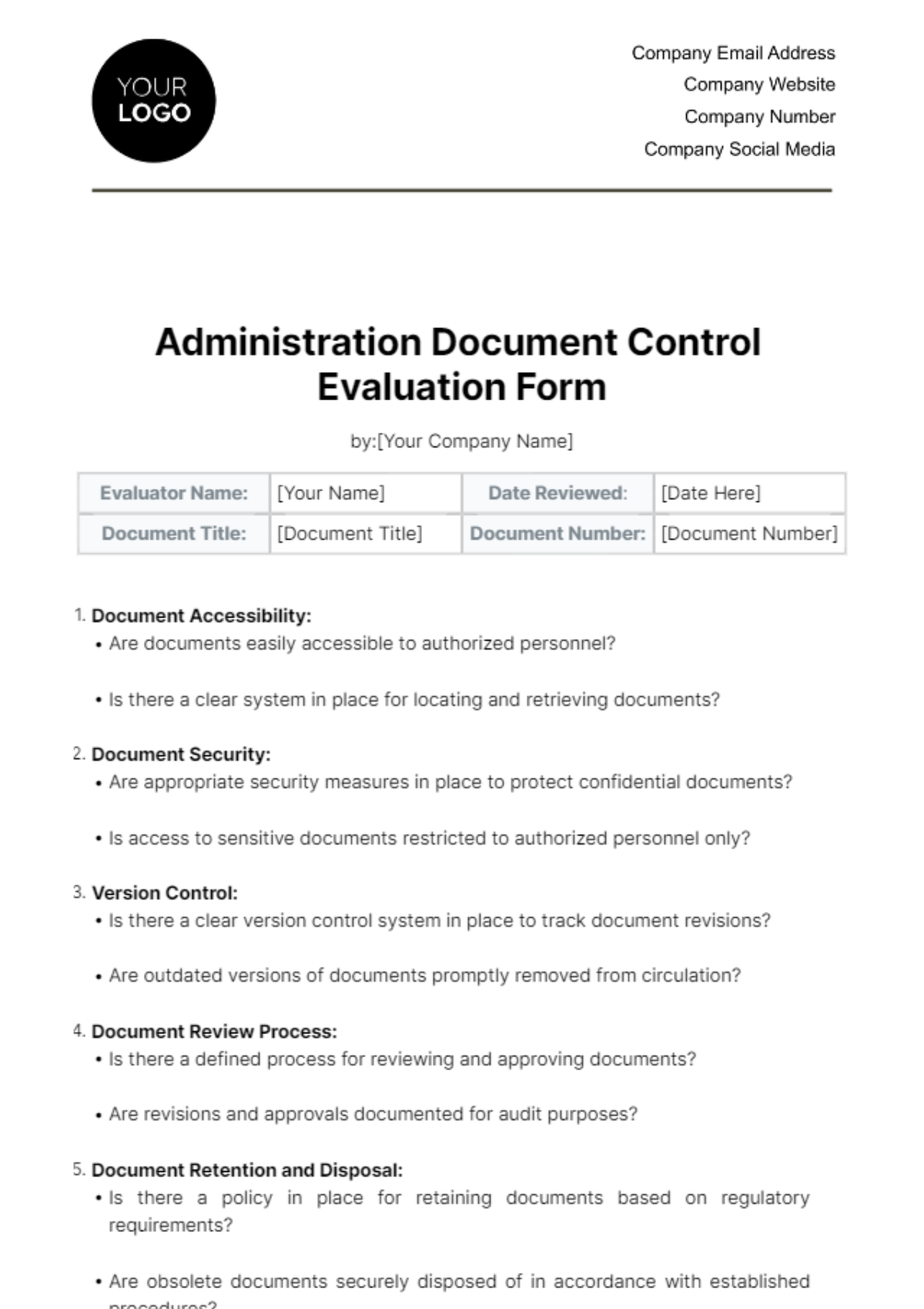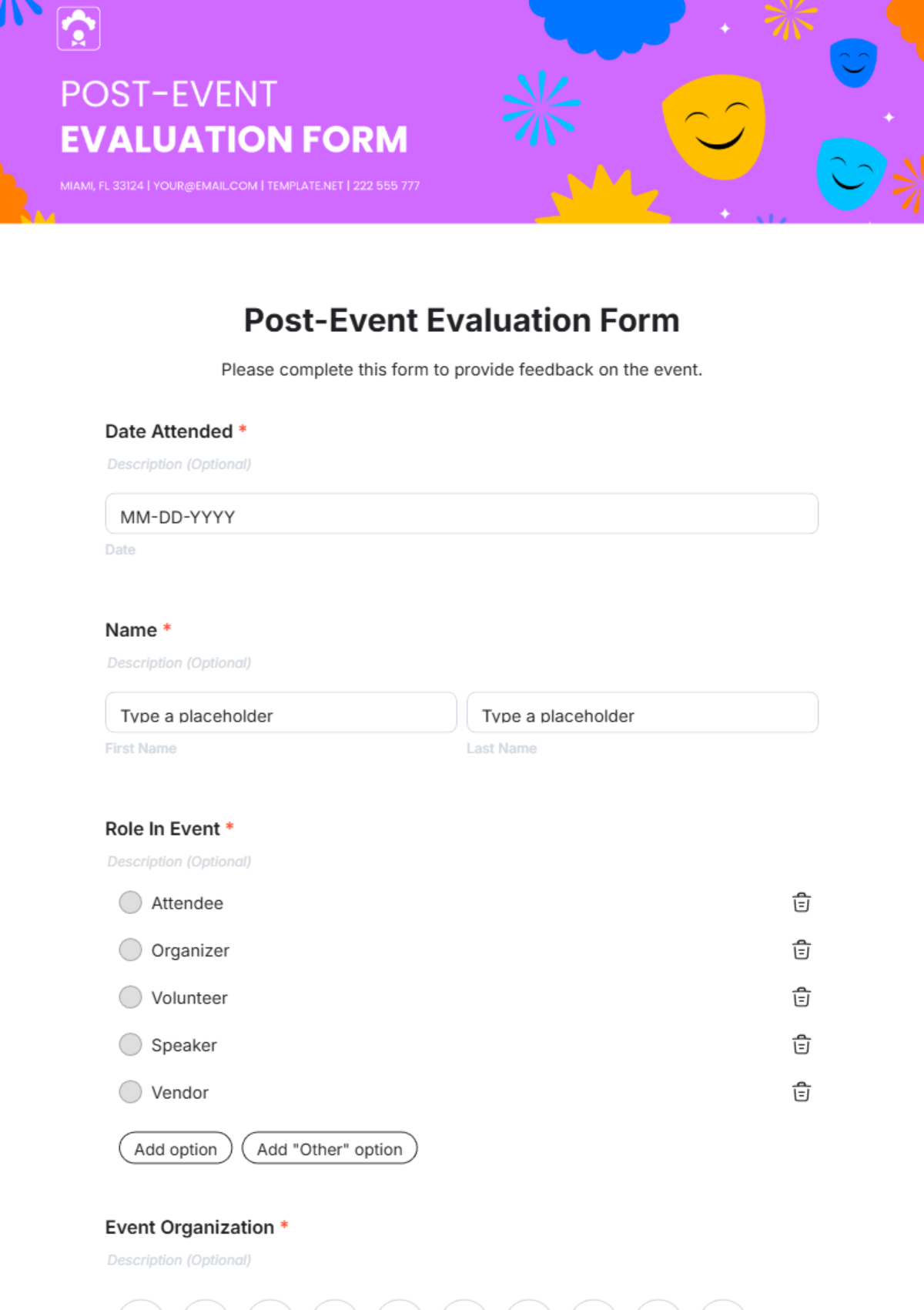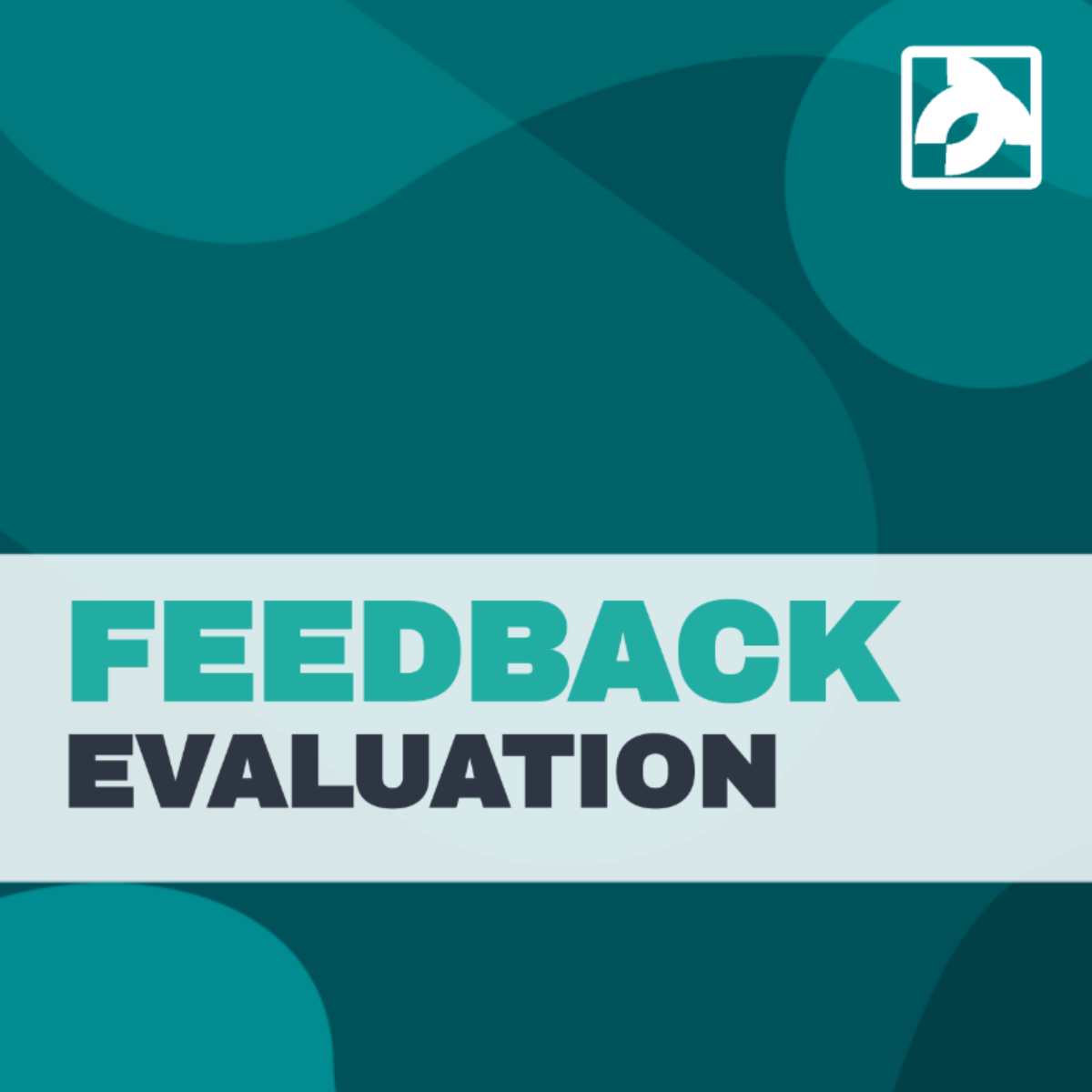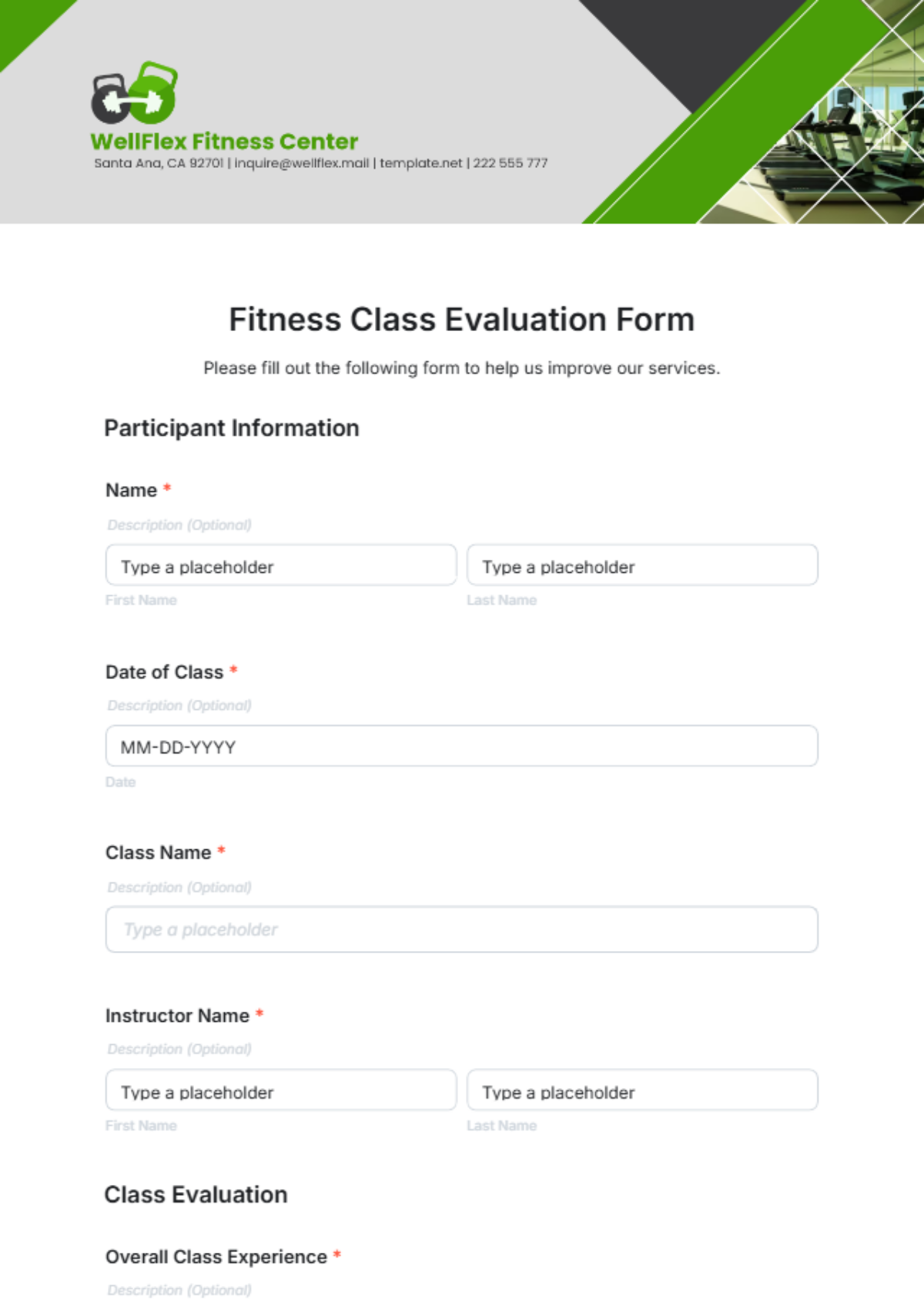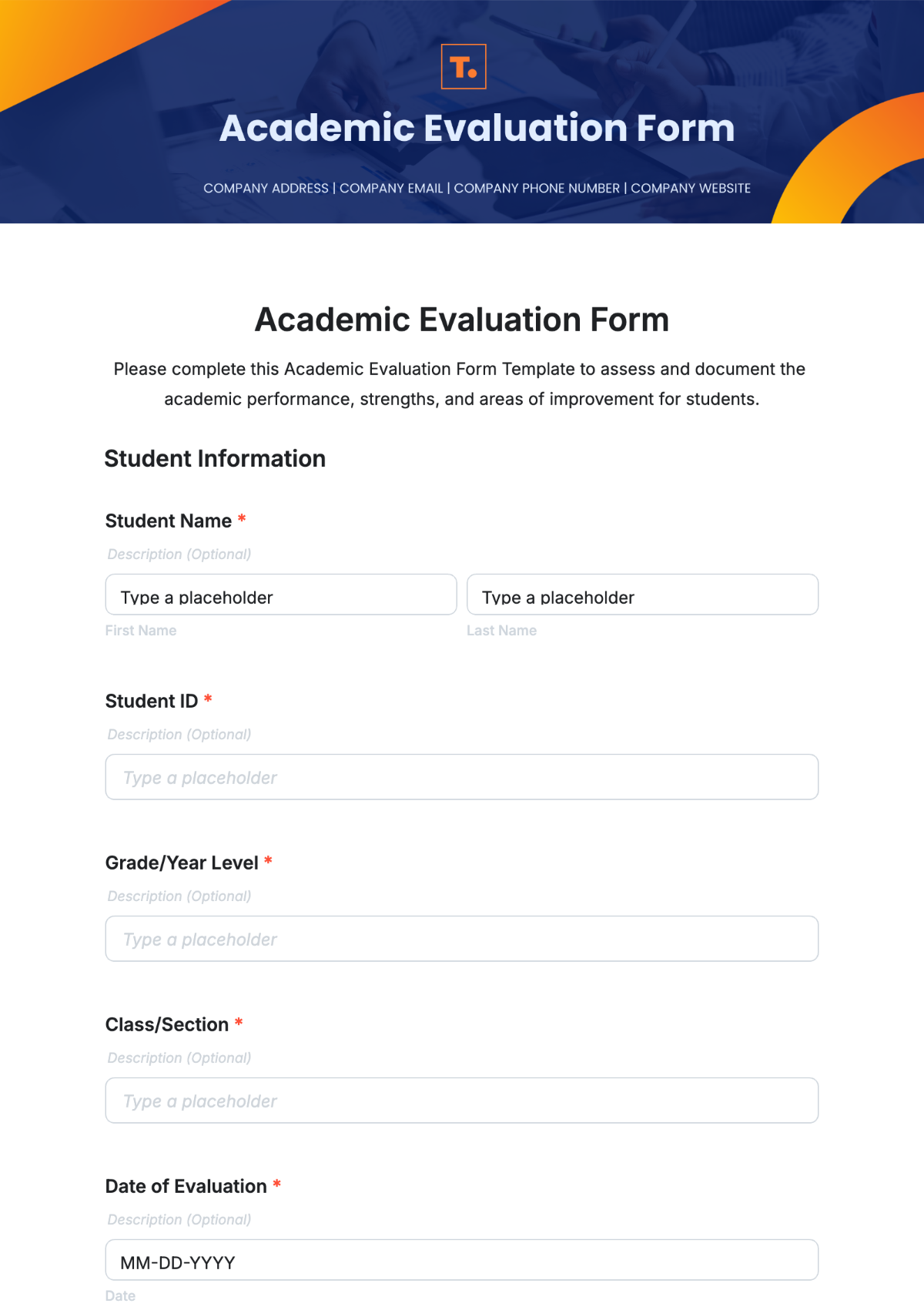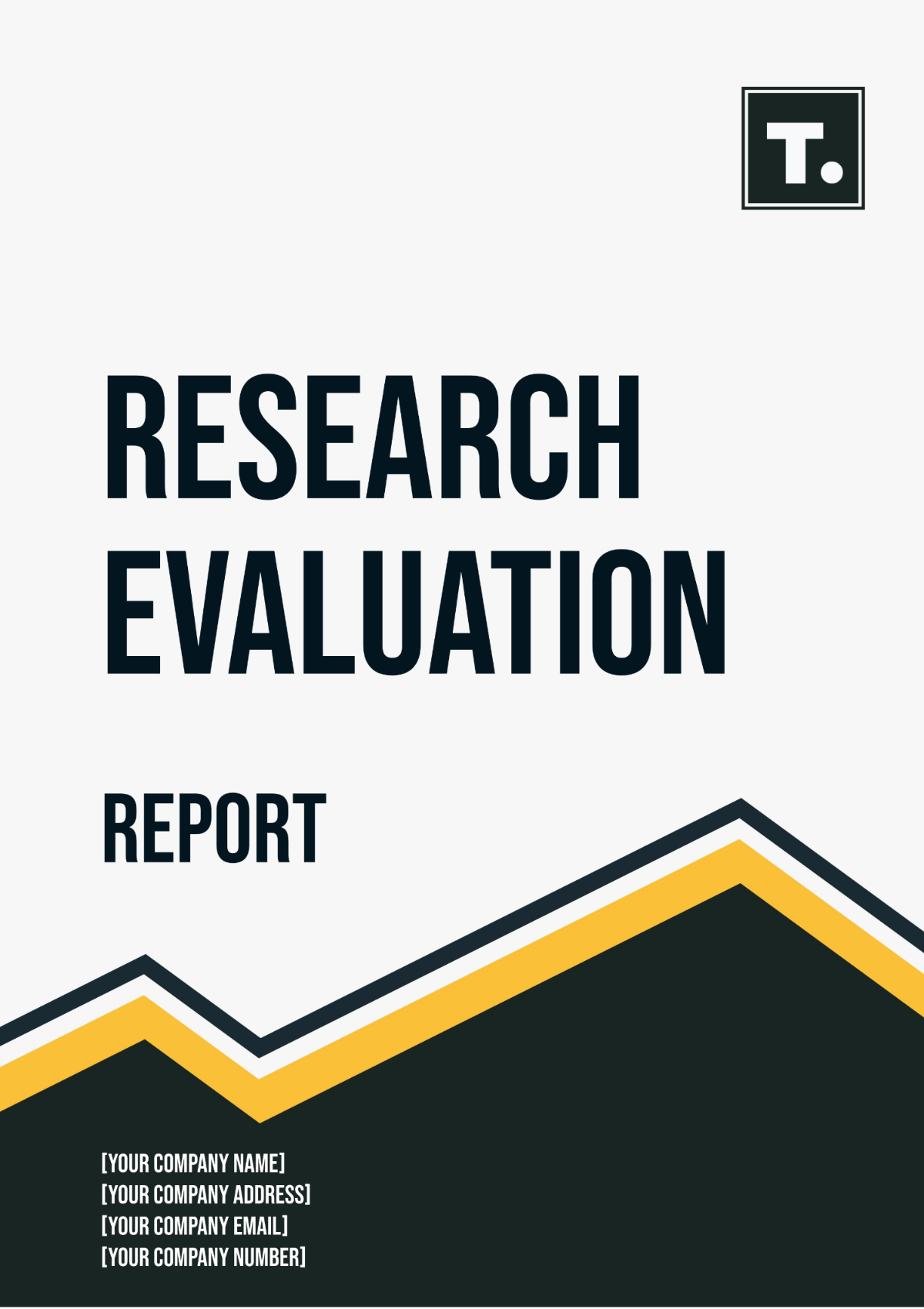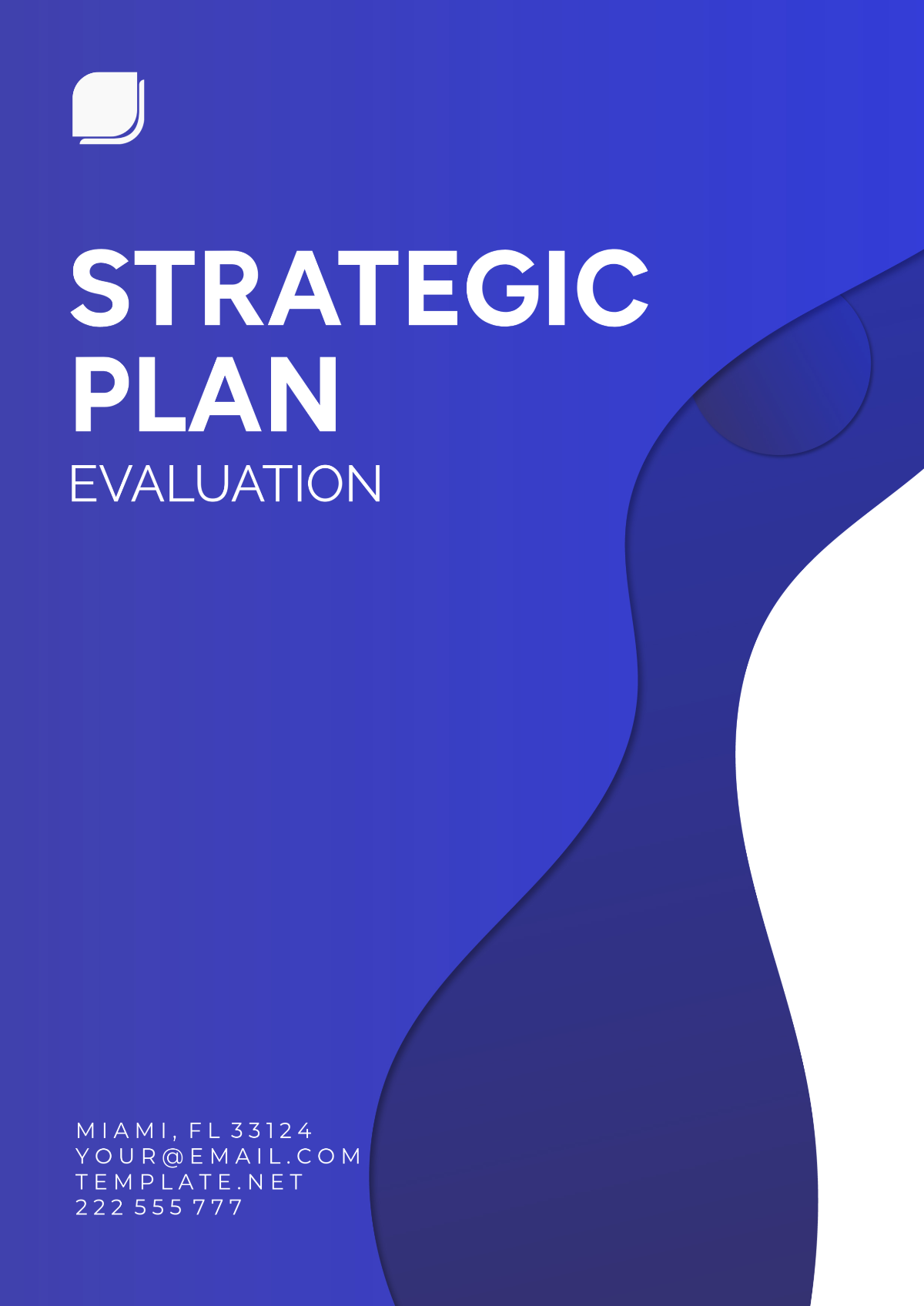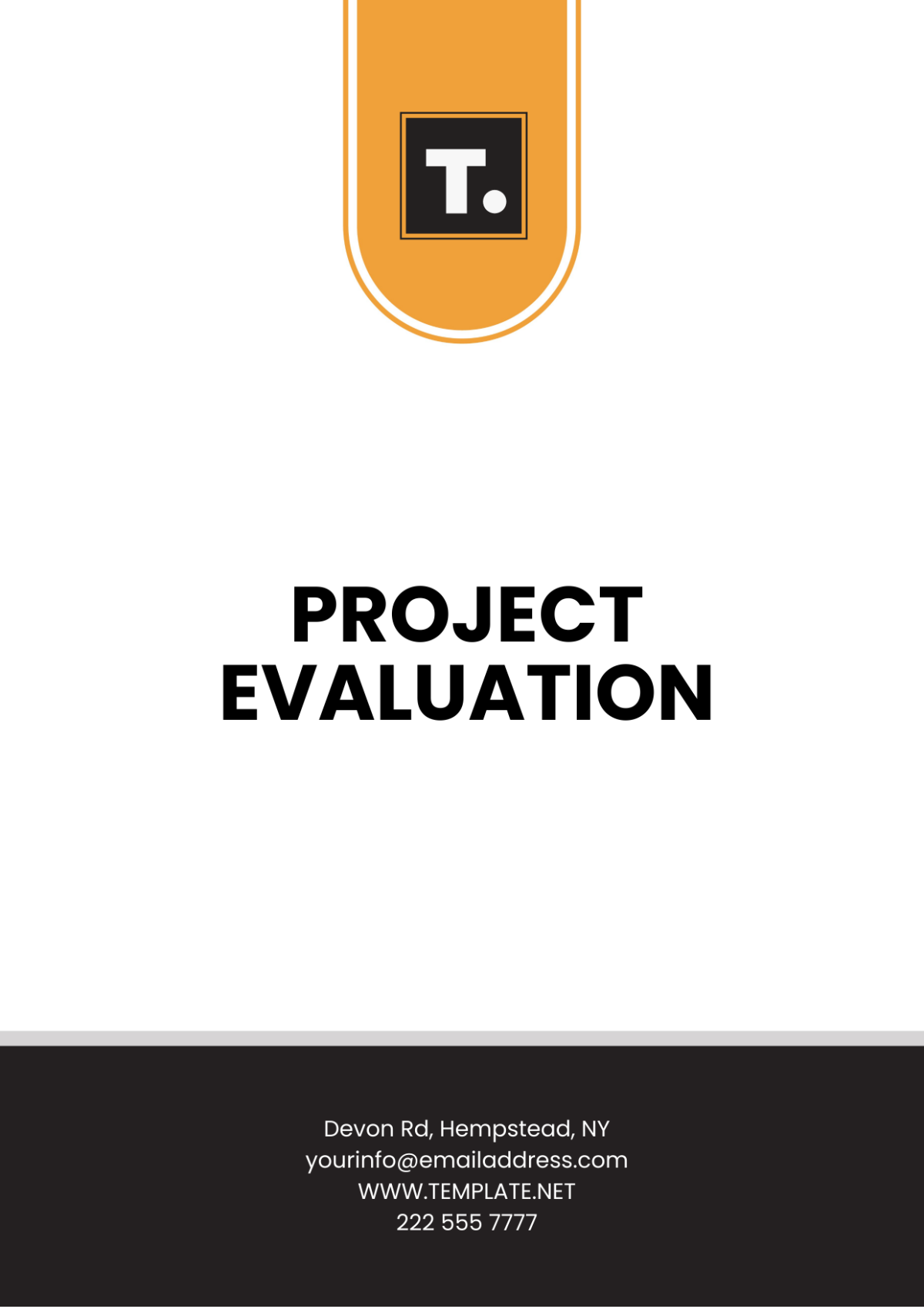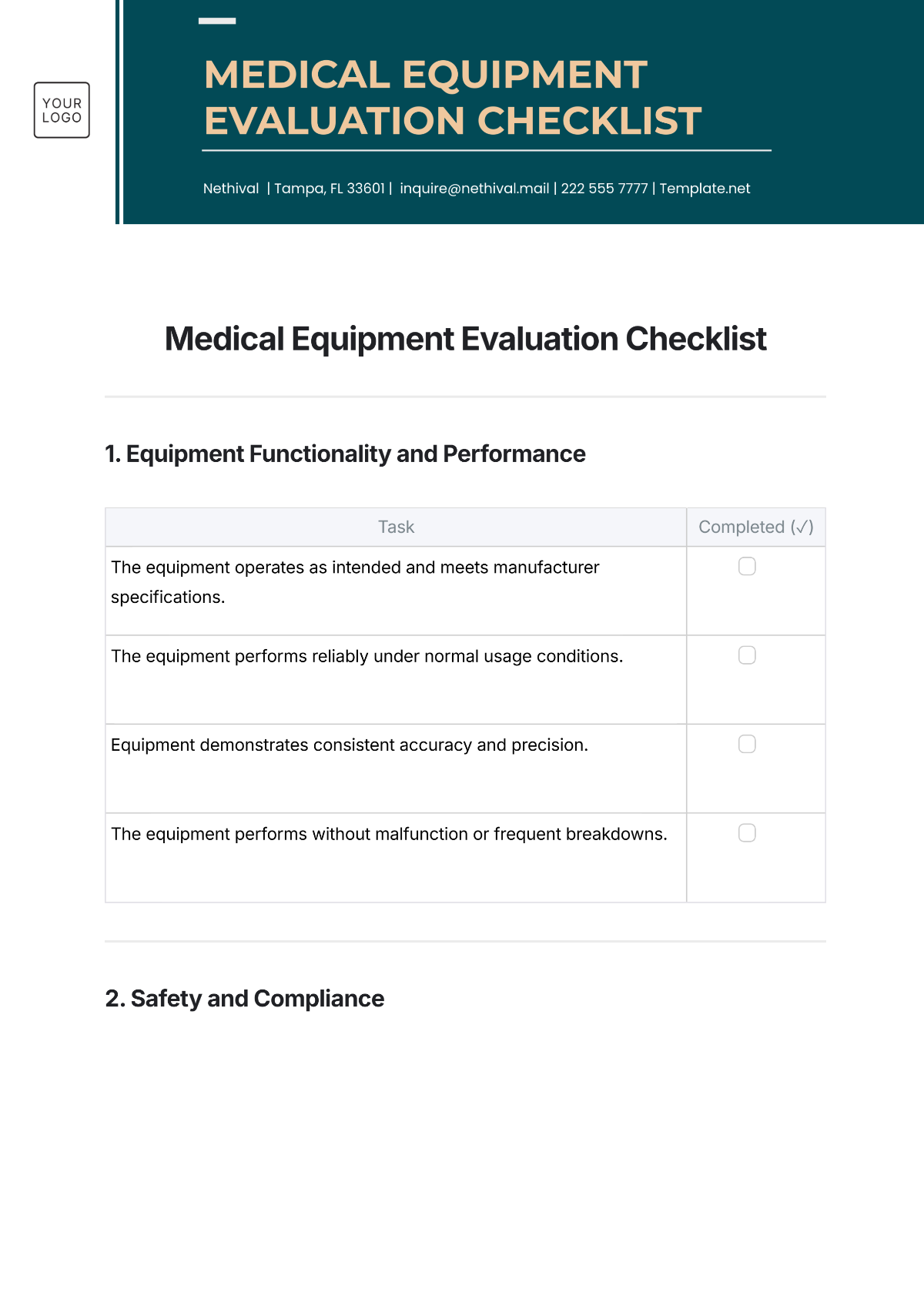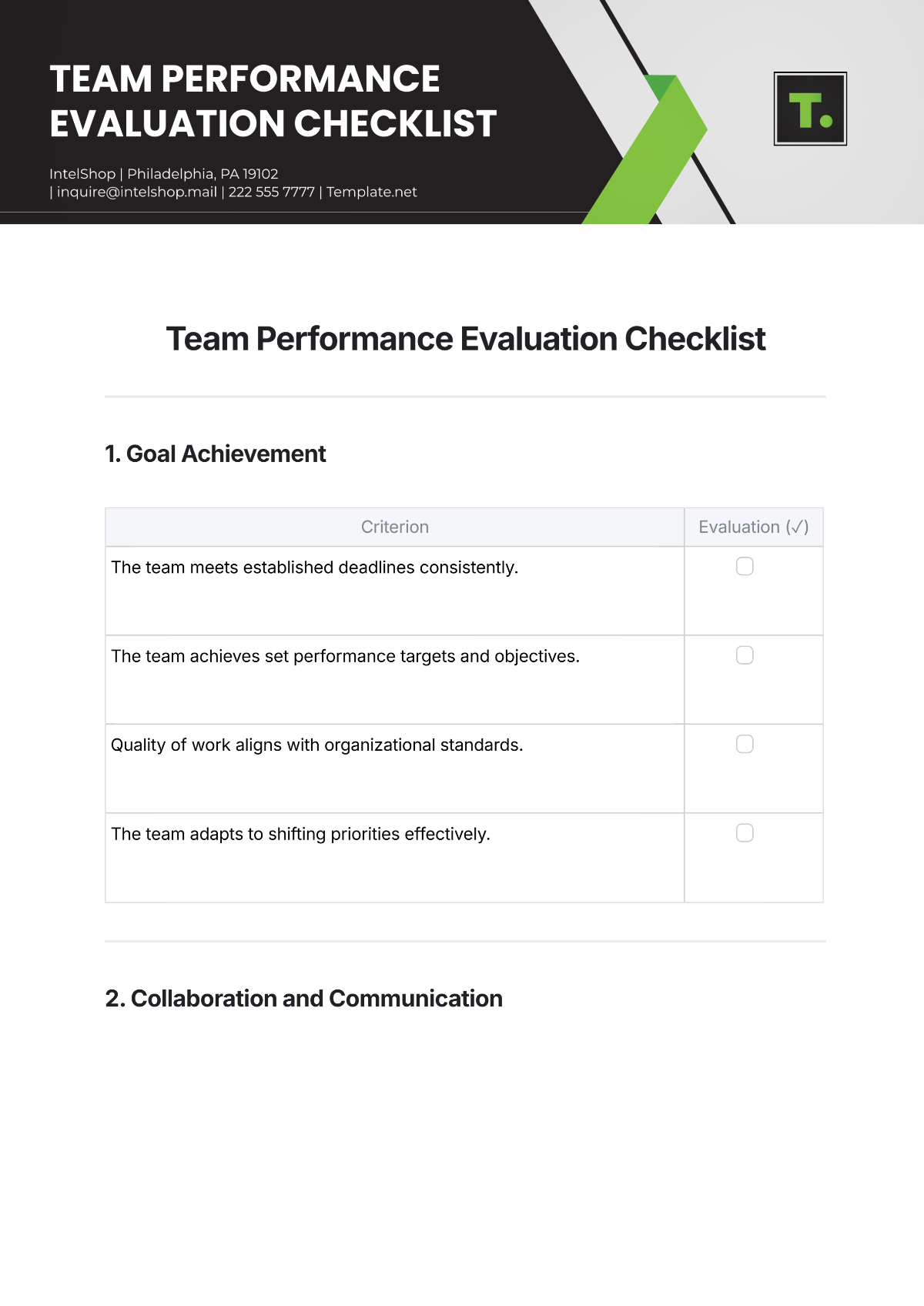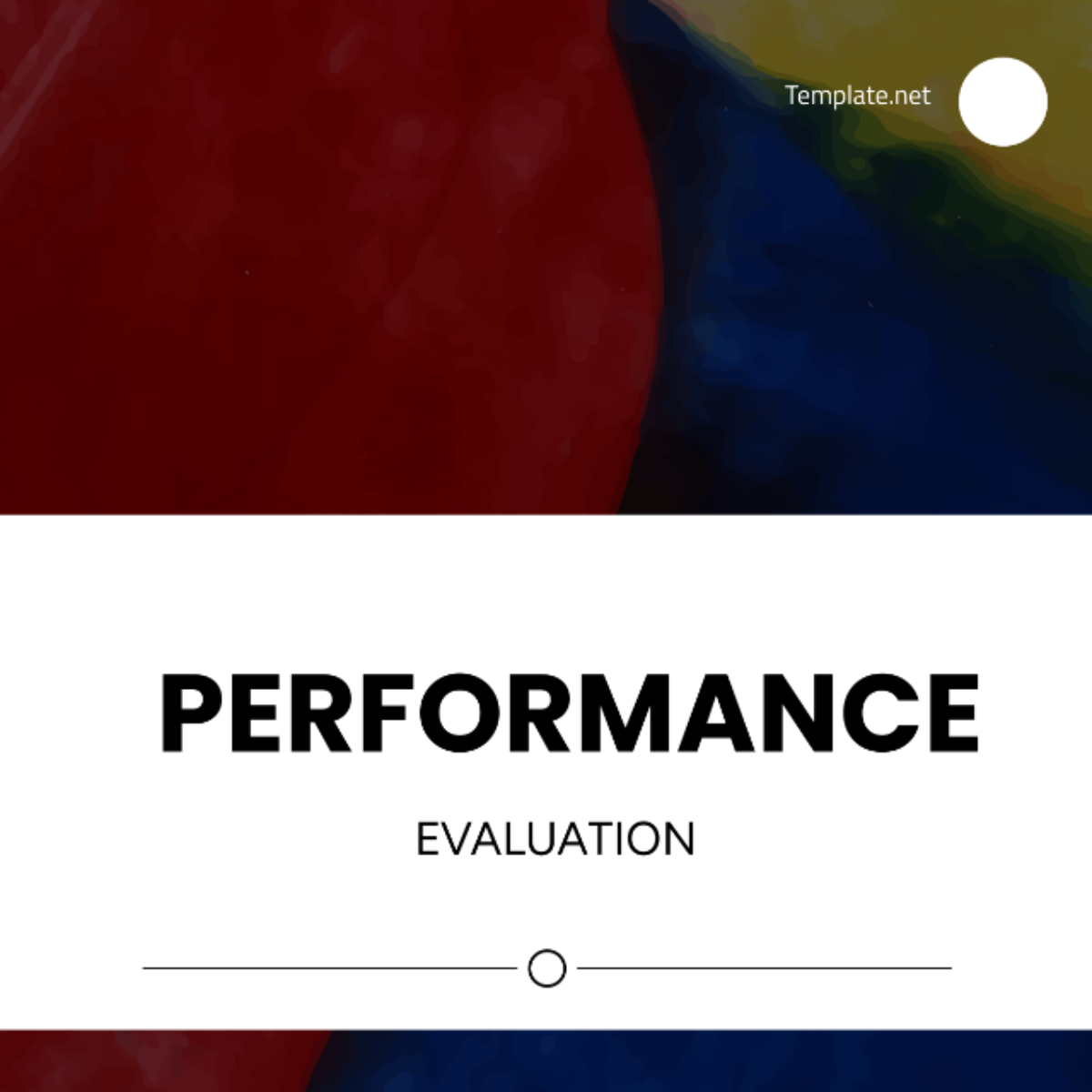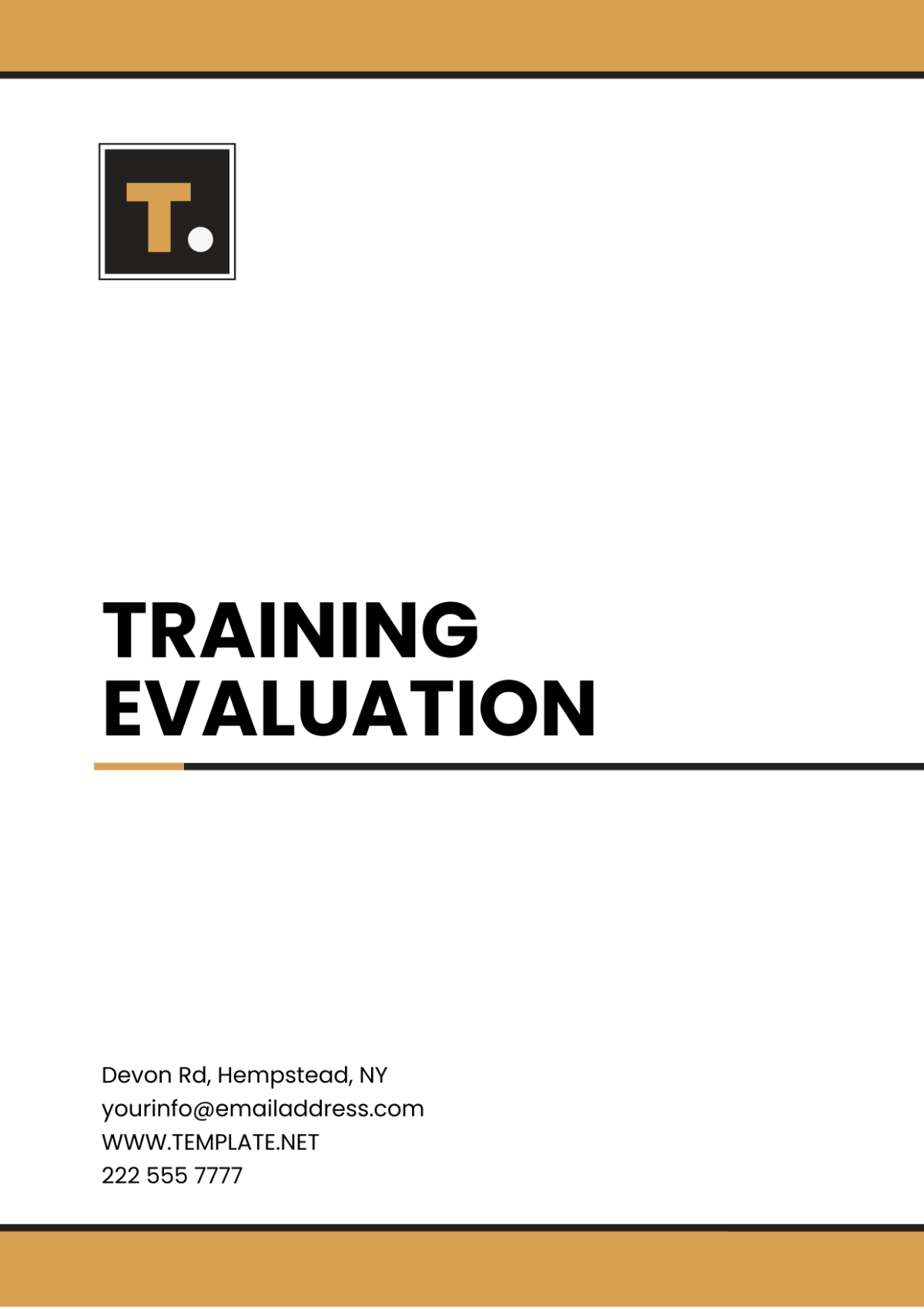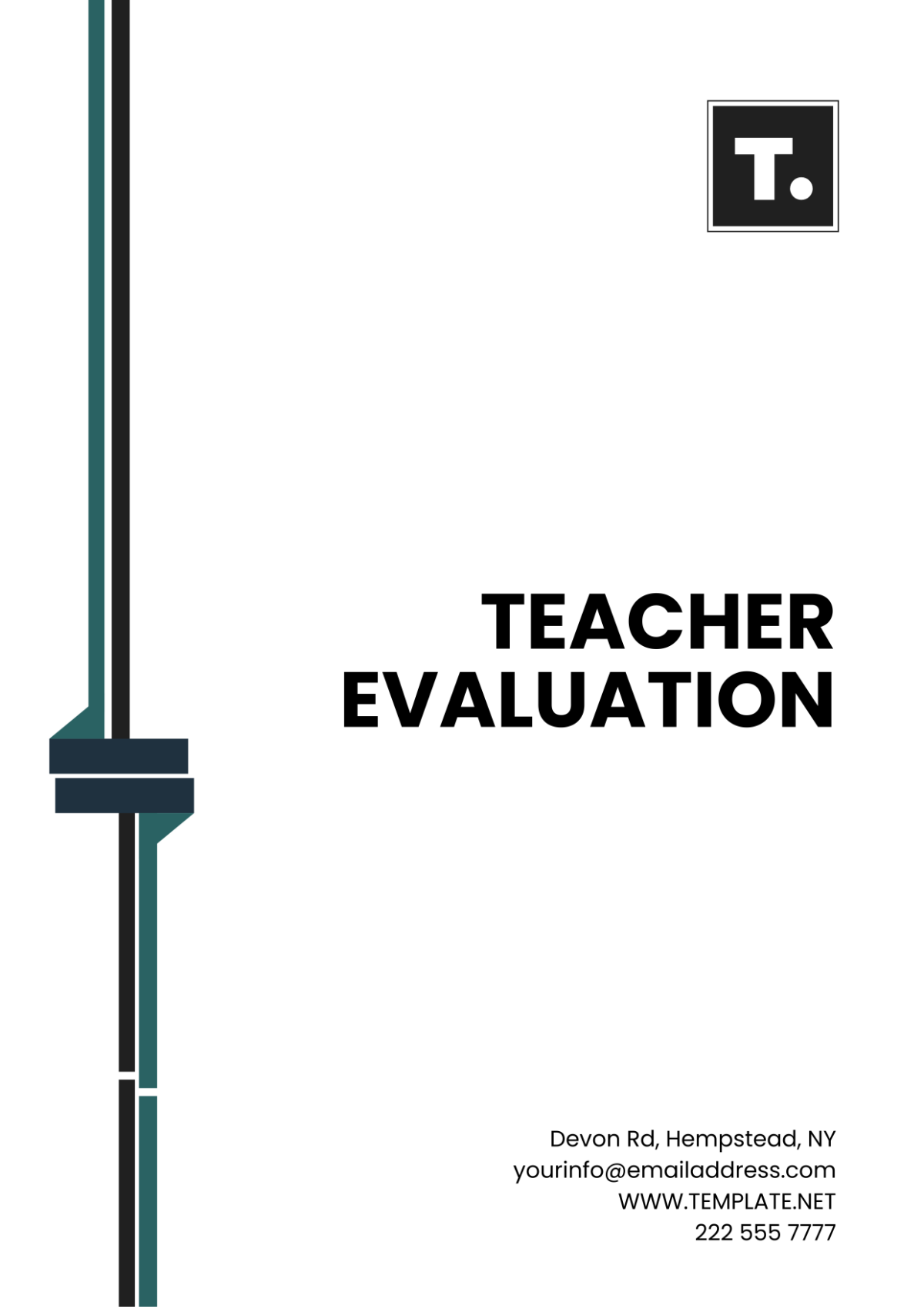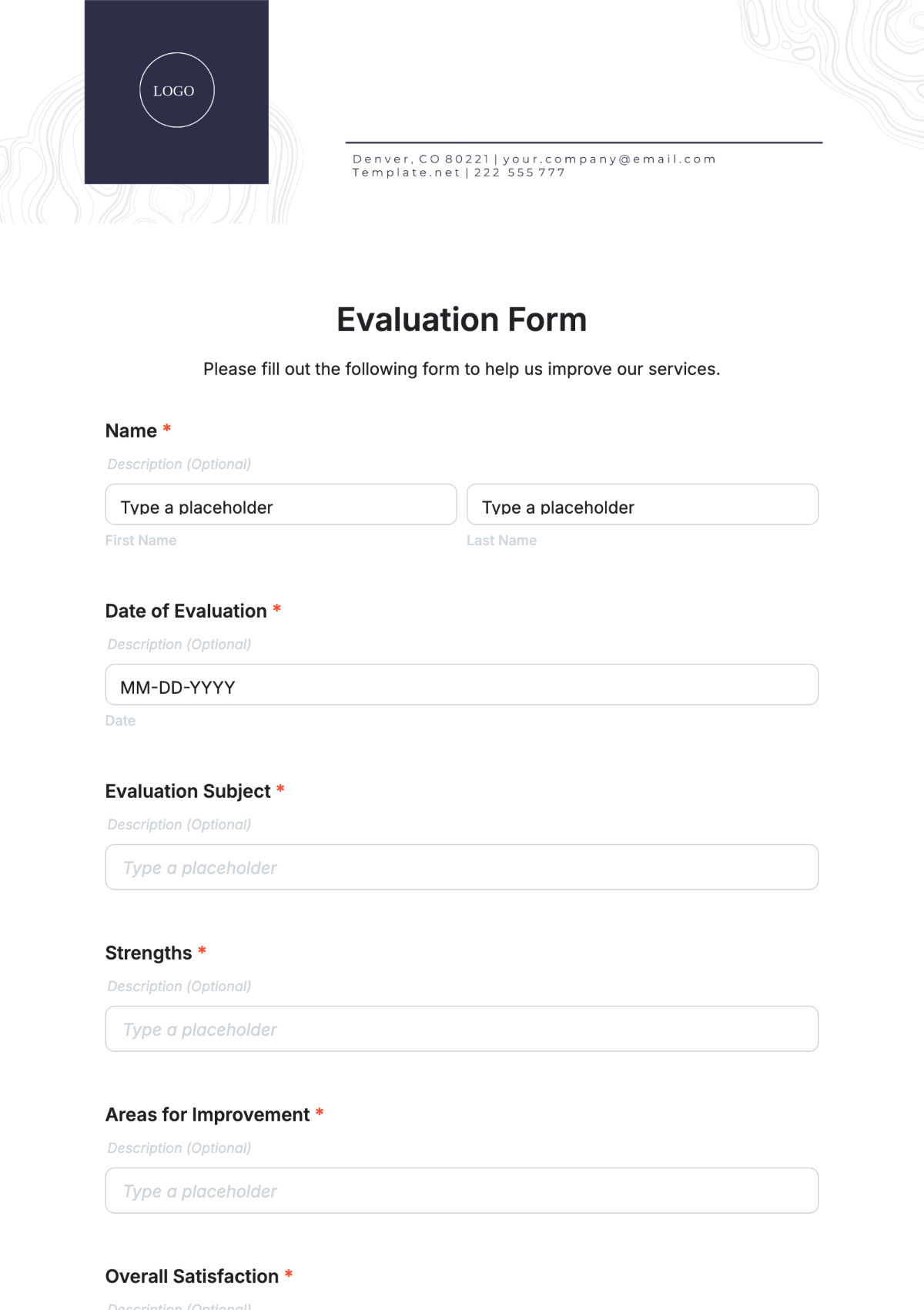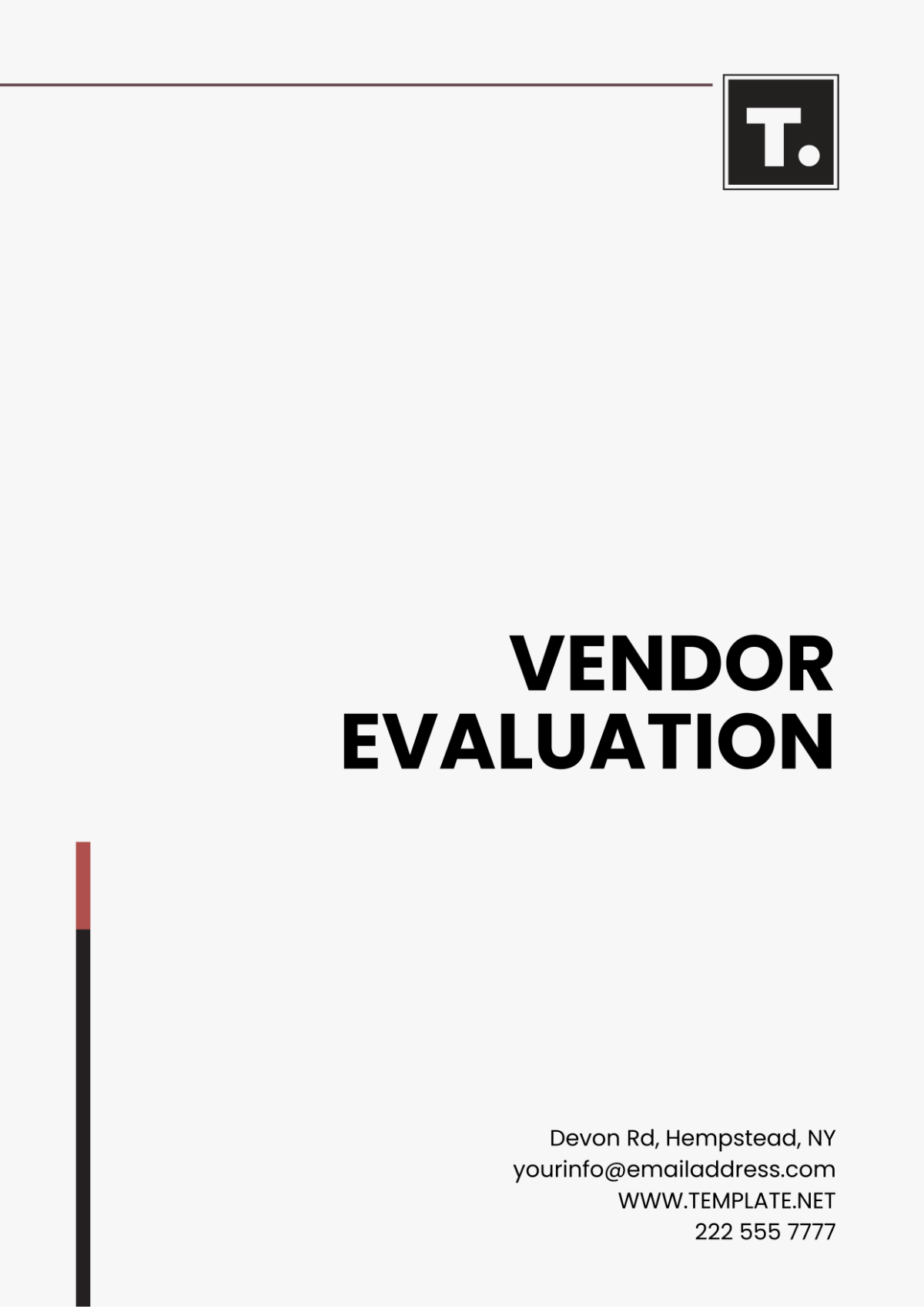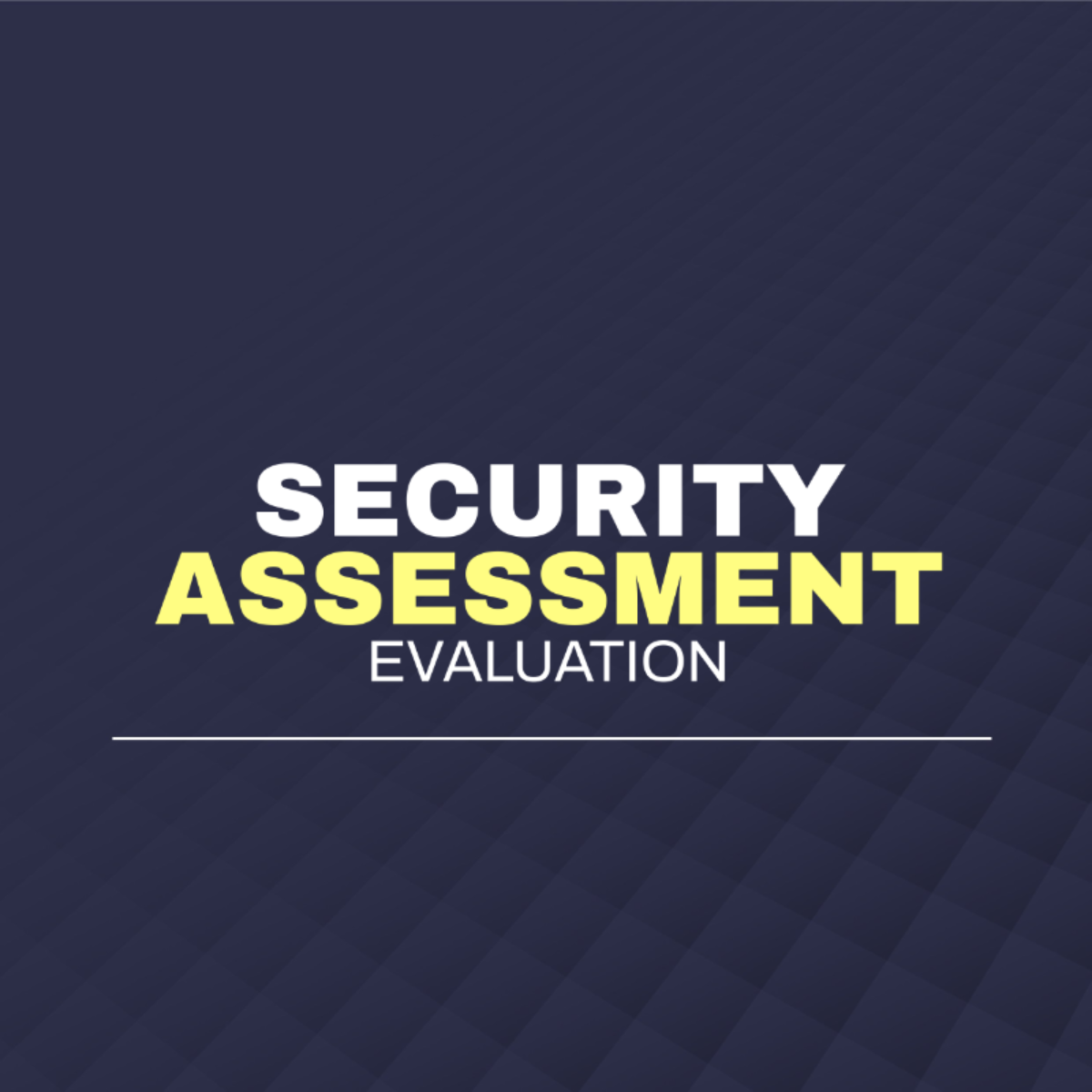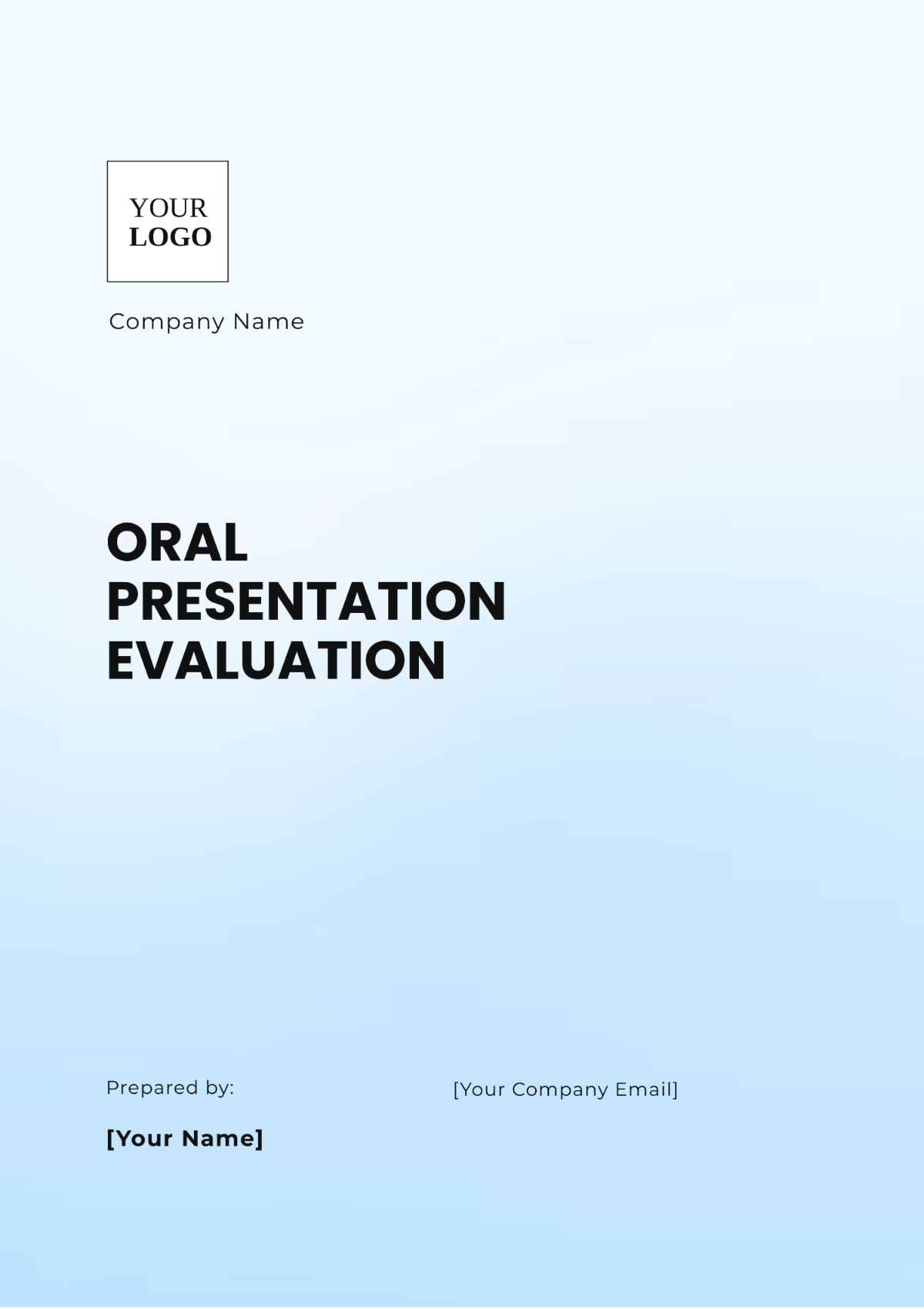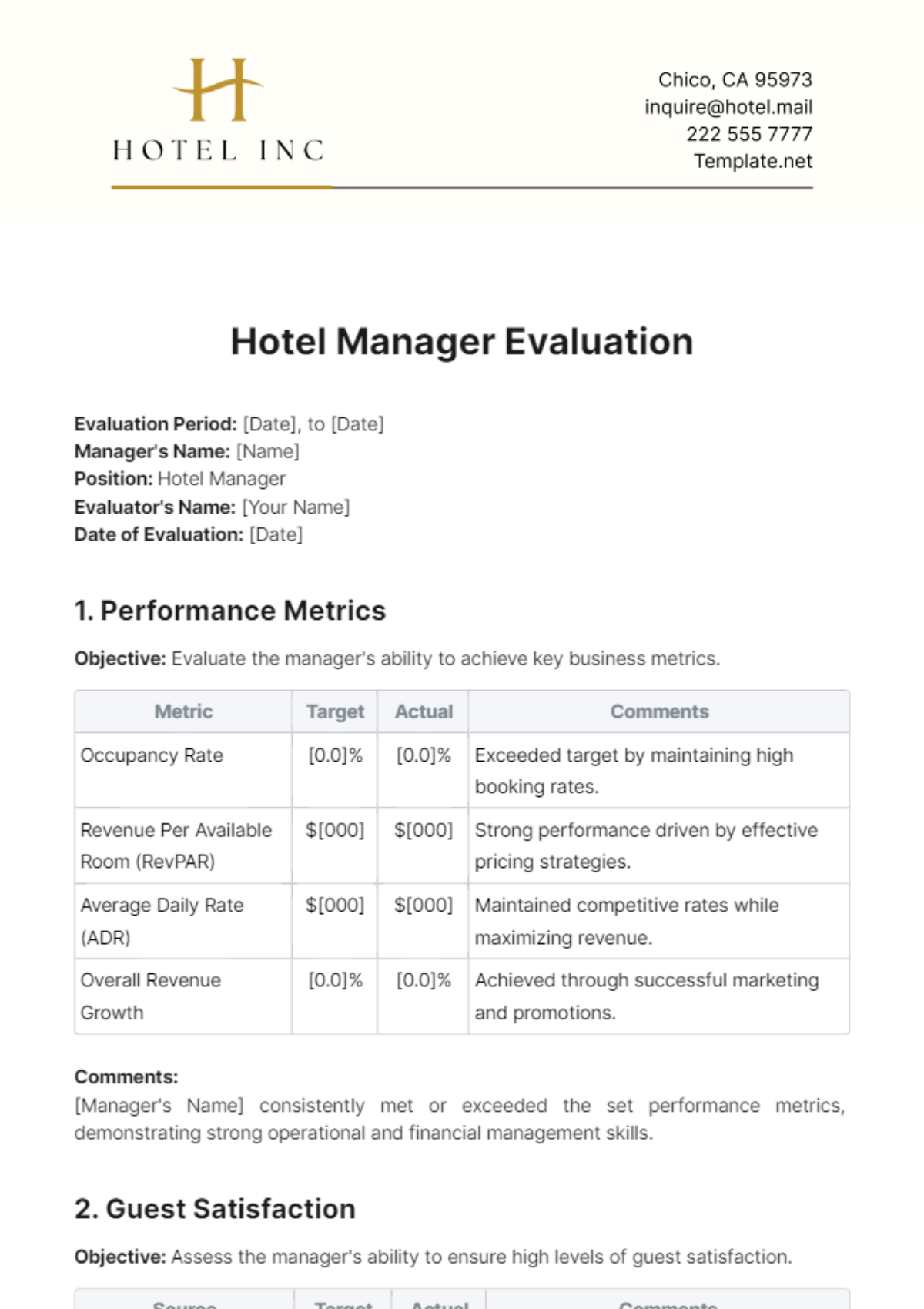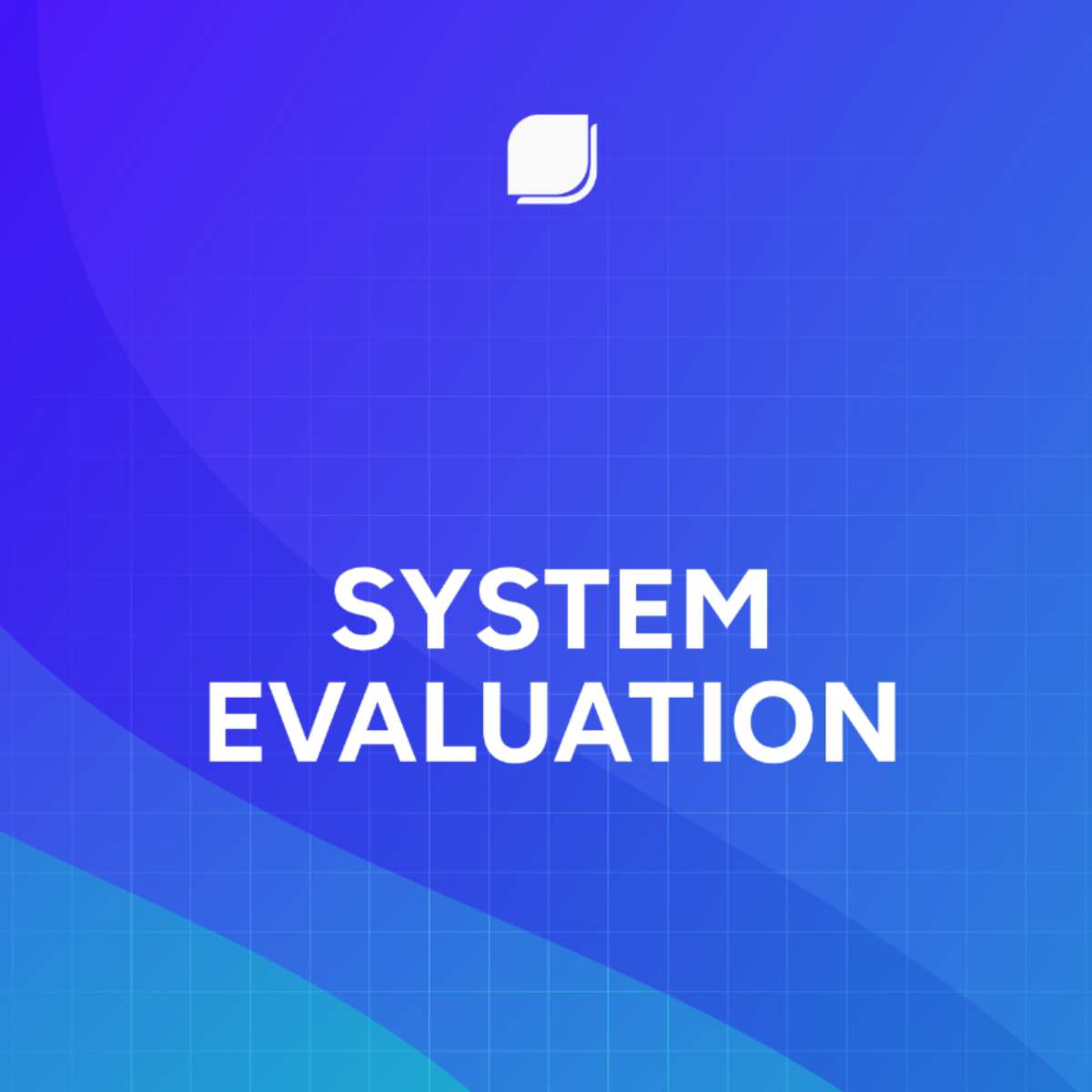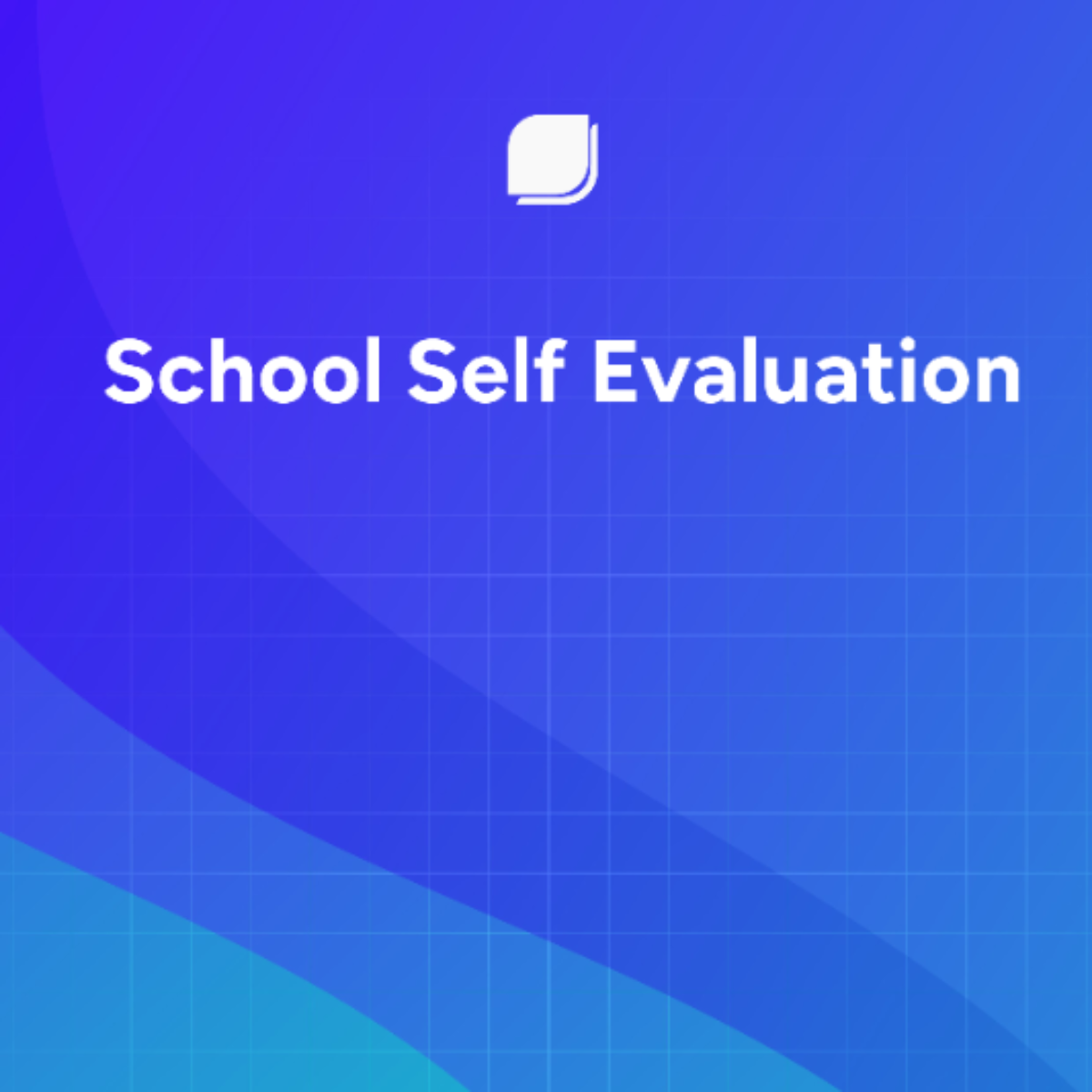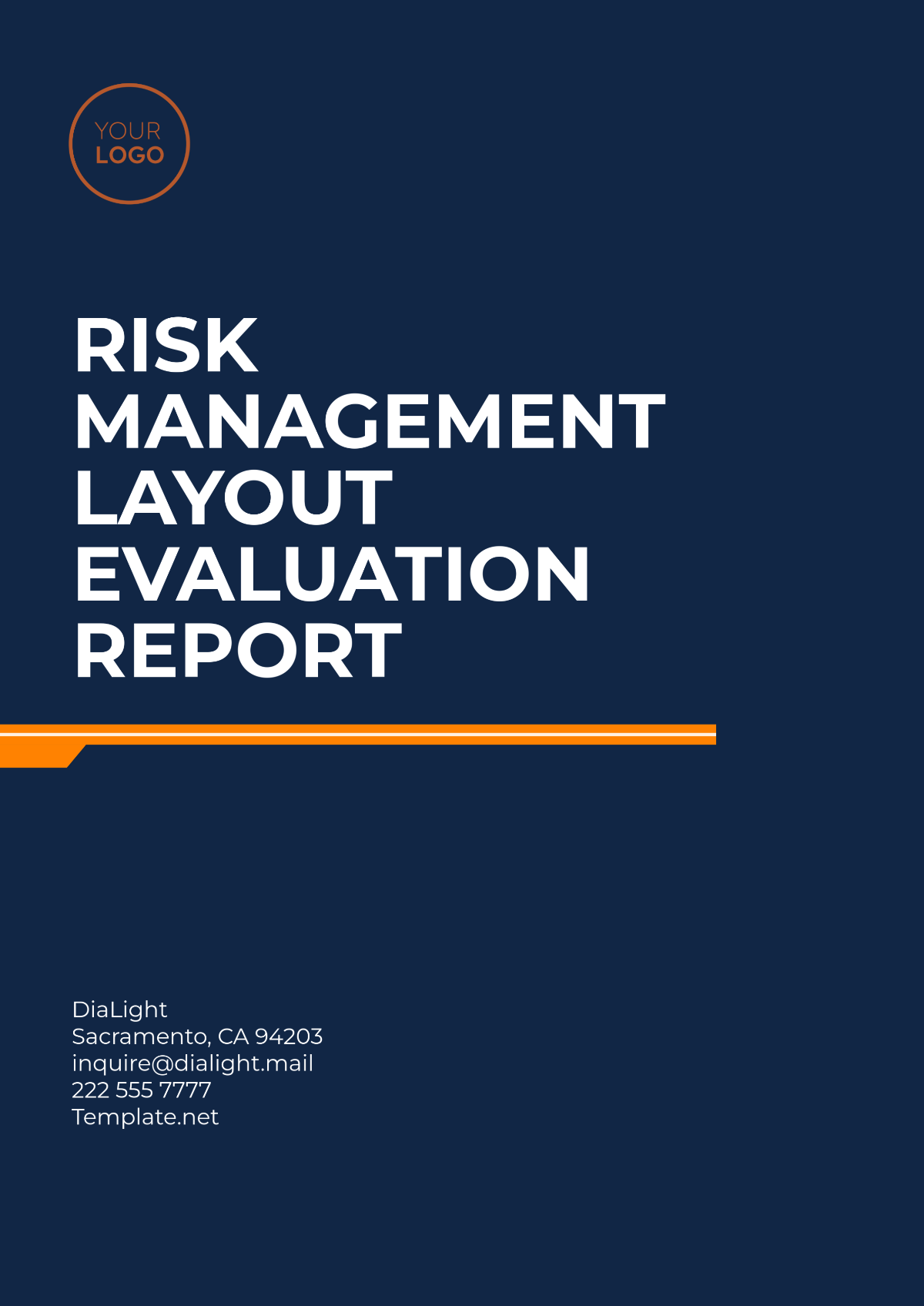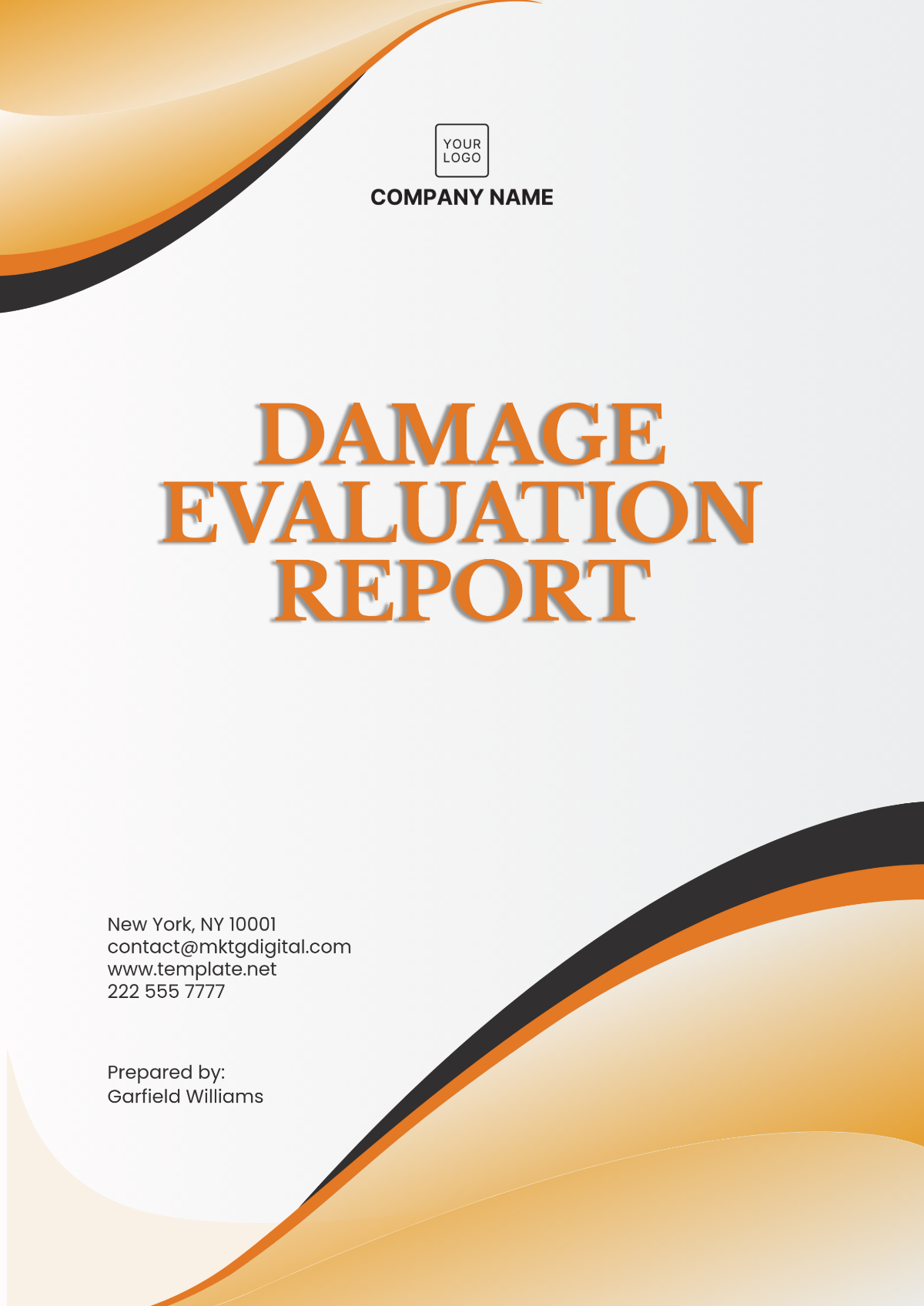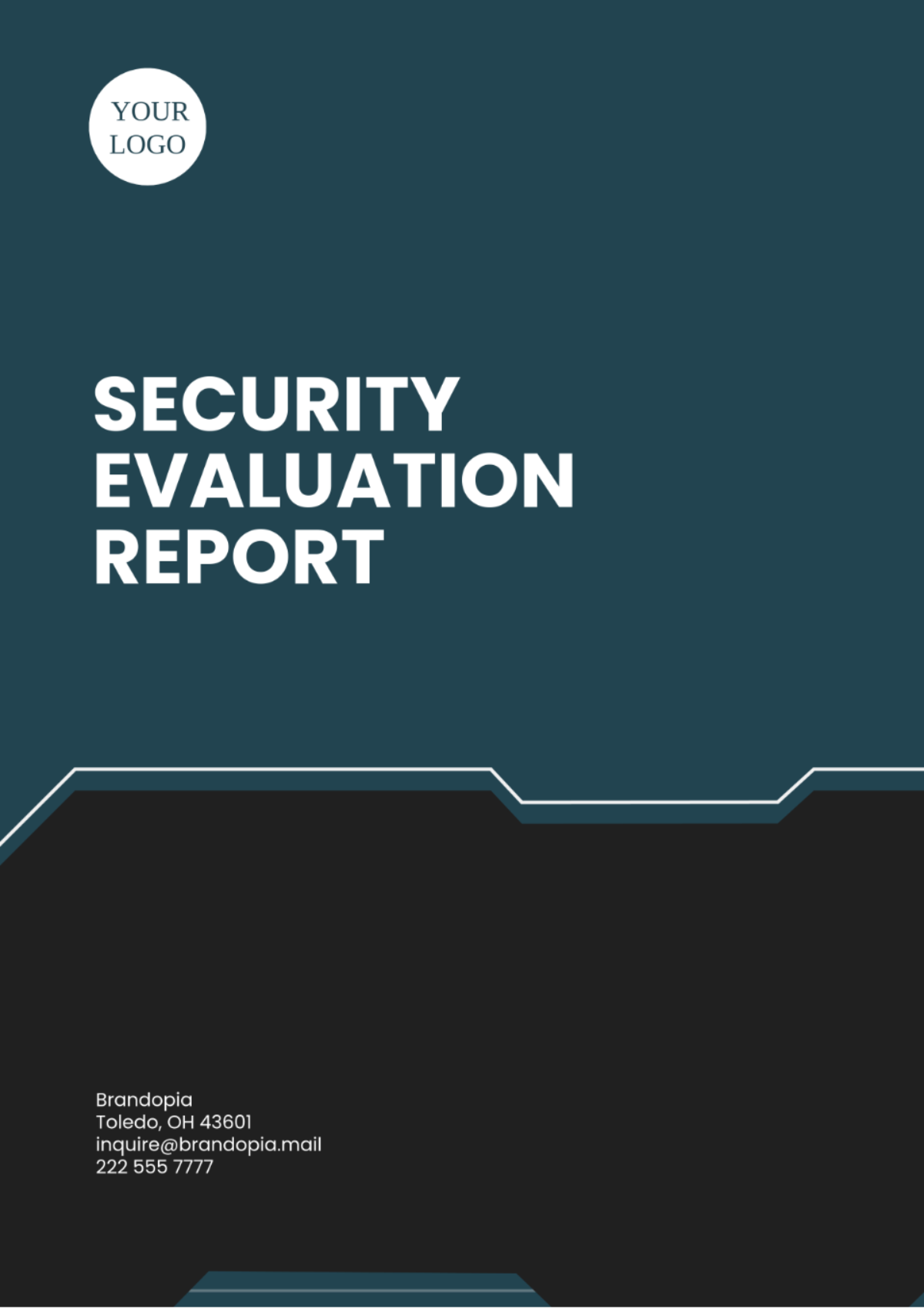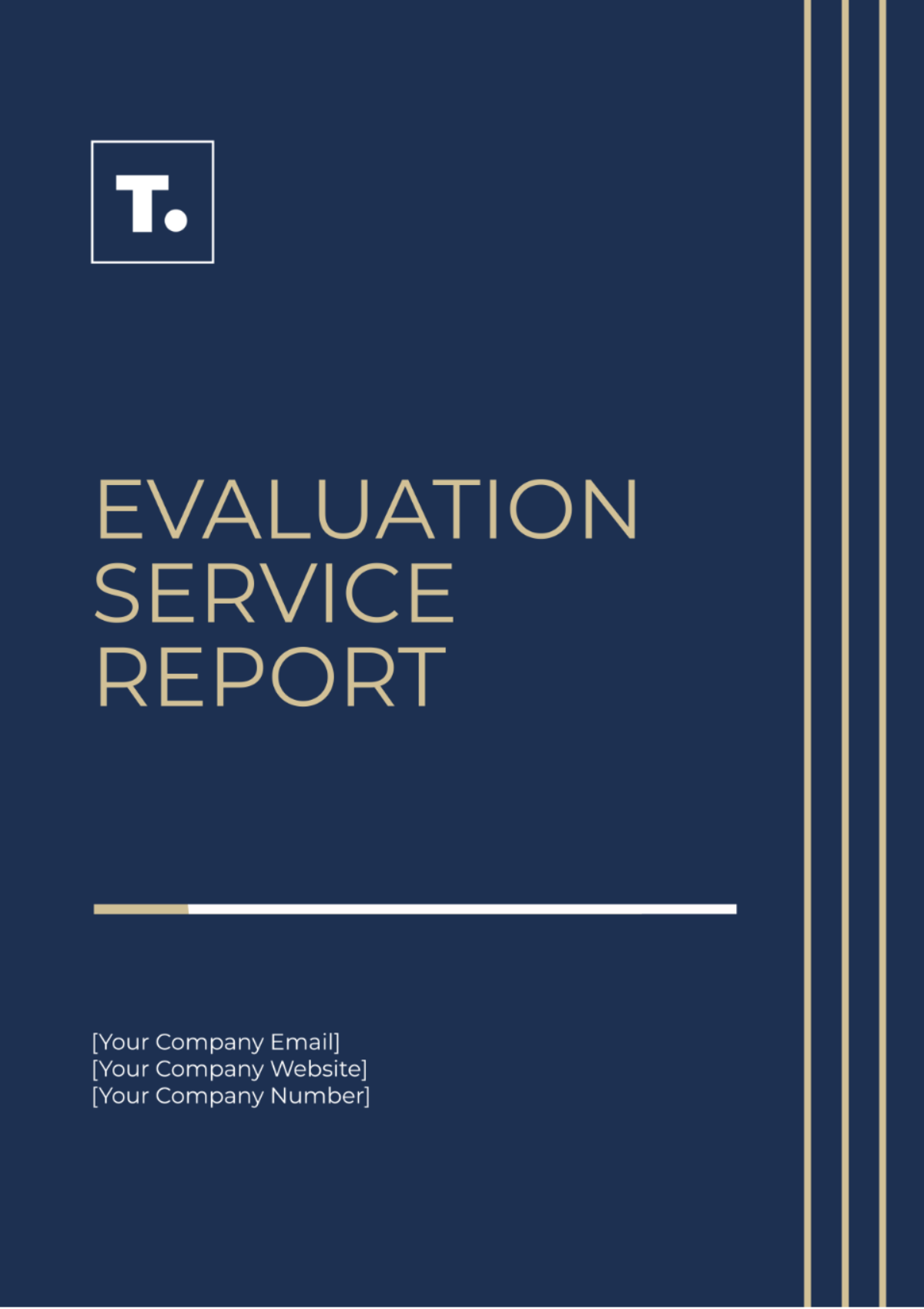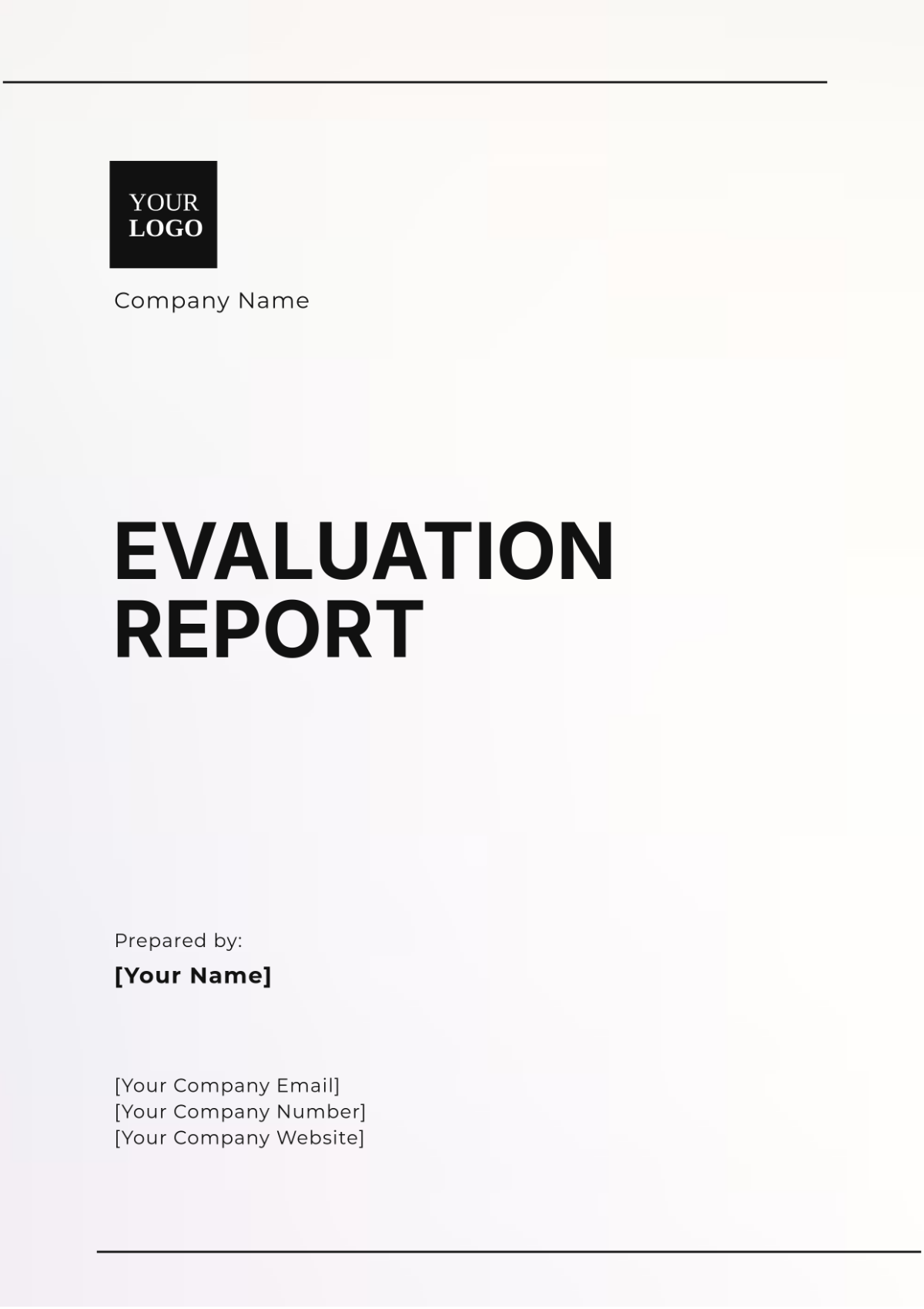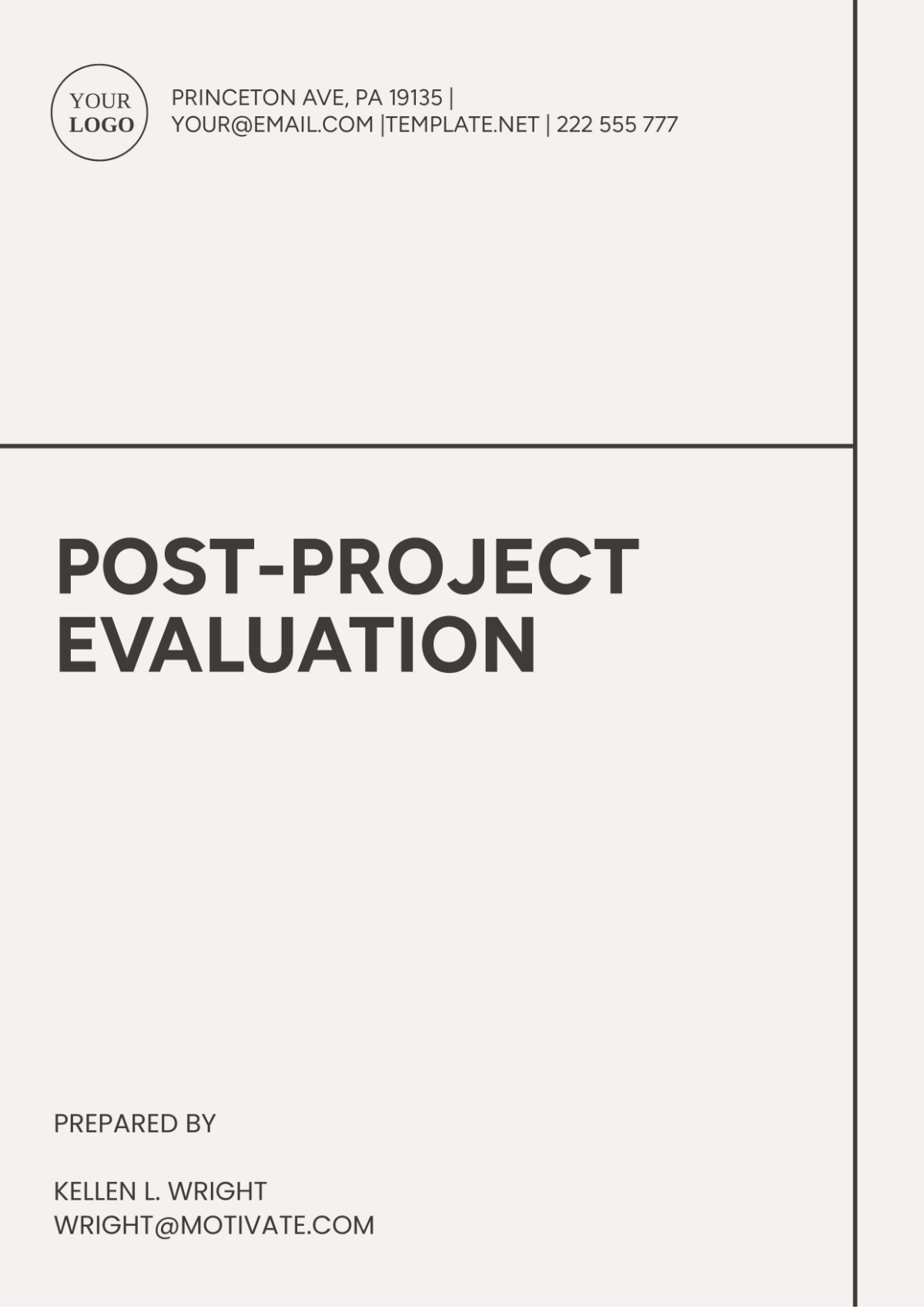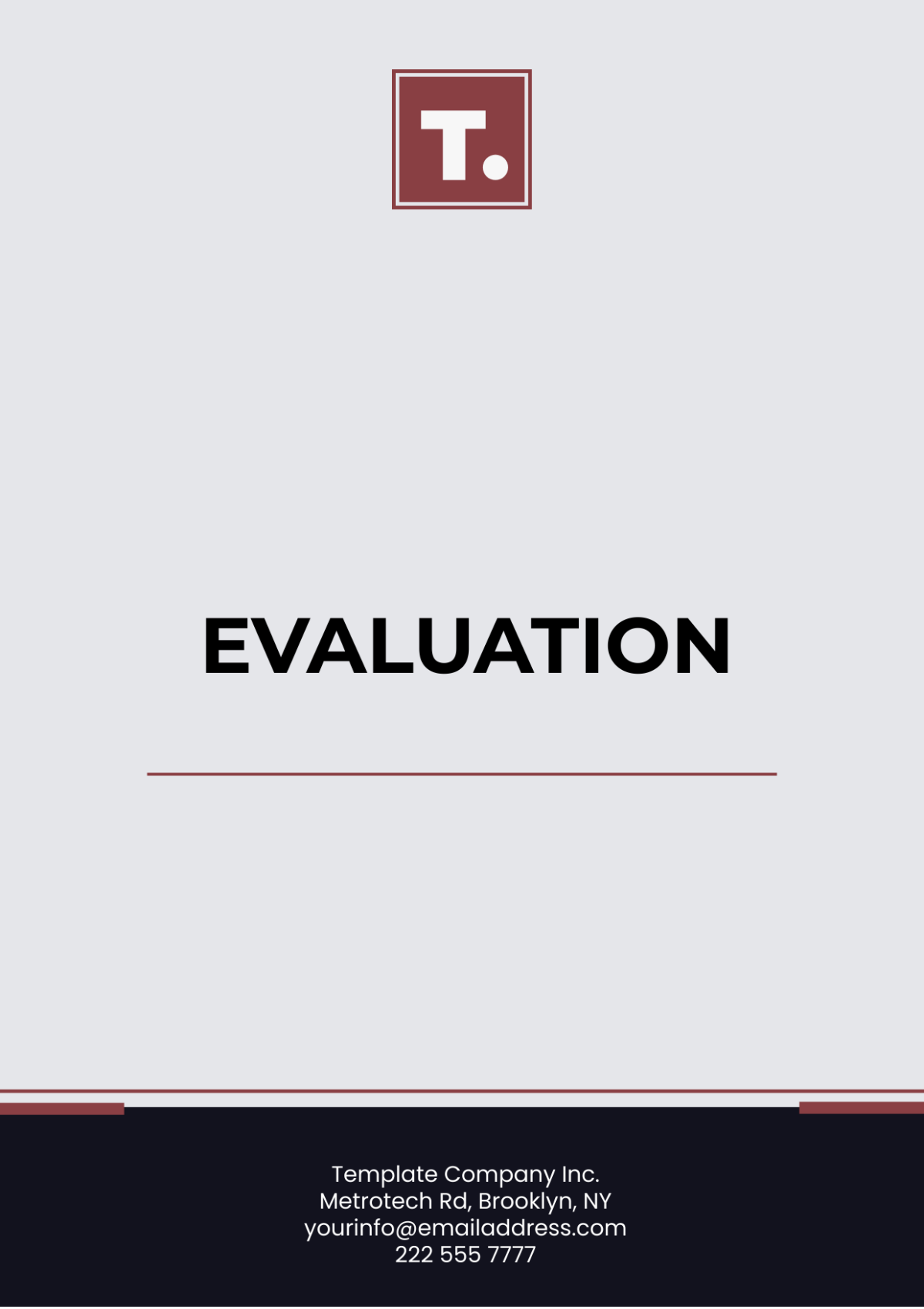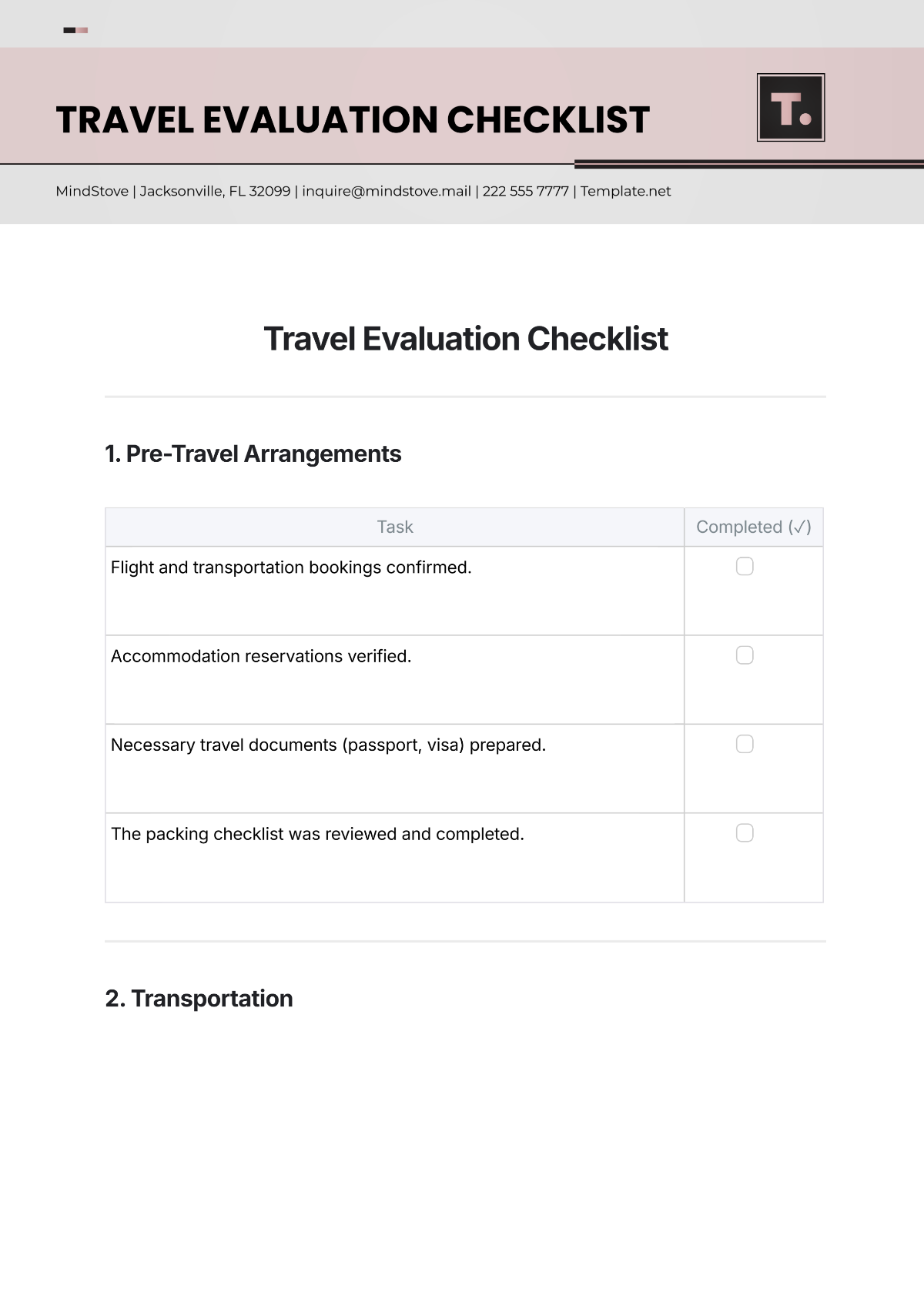Evaluation
Objectives of the Evaluation
The primary objectives of this evaluation are:
To measure the impact of the programs on the target population.
To assess the efficiency of resource allocation and utilization.
To identify best practices and areas needing enhancement.
To provide actionable recommendations for future programs.
Methodology
Data Collection
Data was collected through a combination of quantitative and qualitative methods:
Surveys: Distributed to participants and stakeholders to gather feedback.
Interviews: Conducted with key personnel and participants.
Focus Groups: Coordinated with stakeholders to review experiences and outcomes.
Sample Size
A total of 500 participants were surveyed, including:
300 program beneficiaries.
100 stakeholders.
100 staff members involved in program implementation.
Analysis Techniques
Descriptive Statistics: Used to summarize survey results.
Thematic Analysis: Employed for qualitative data from interviews and focus groups.
Comparative Analysis: Assessed program outcomes against industry benchmarks.
Findings
Impact on Target Population
Indicator | Baseline (Year 2049) | Year 2050 Outcome | Percentage Change |
|---|---|---|---|
Employment Rate | 60% | 75% | +25% |
Satisfaction Rating | 3.2/5 | 4.5/5 | +40.6% |
Skill Development | 50% | 80% | +60% |
The data indicates a significant positive impact on the target population, particularly in employment rates and overall satisfaction.
Resource Utilization
Budget Efficiency: [Your Company Name] allocated $1,000,000 for the programs, achieving a return on investment of $2,500,000.
Staff Hours: Staff commitment averaged 20 hours per week, reflecting efficient use of human resources.
Best Practices Identified
Community Engagement: Involving local stakeholders in program design significantly improved buy-in and participation.
Ongoing Training: Continuous staff development enhanced program delivery and participant outcomes.
Recommendations
Expand Programs: Based on success, consider scaling the programs to reach more beneficiaries.
Increase Stakeholder Engagement: Develop structured processes for ongoing stakeholder input to enhance program relevance.
Implement Feedback Loops: Establish mechanisms to continuously gather feedback and adapt programs accordingly.
Conclusion
The evaluation indicates that the programs implemented by [Your Company Name] have been largely effective in meeting their objectives and positively impacting the target population. By leveraging identified best practices and addressing areas for improvement, future programs can achieve even greater success.
Contact Information
For further inquiries regarding this evaluation, please contact:
Evaluator: [Your Name]
Email: [Your Email]
Company: [Your Company Name]
Email: [Your Company Email]
This evaluation serves as a comprehensive assessment of program effectiveness for the year 2050 and provides a foundation for continuous improvement at [Your Company Name].






